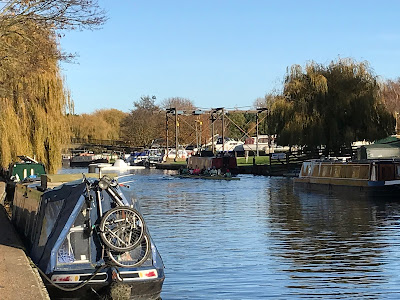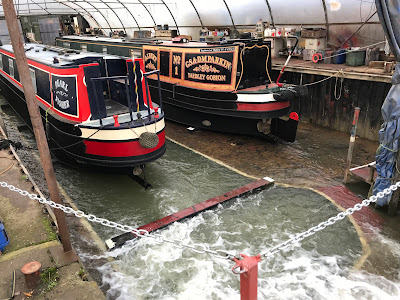Cover of the 1991 illustrated edition published by Cockbird Press
The version was published in 1991 with travel notes by Andrew Sanger. It includes biographical details and four detailed itineraries that suggest hotels where the traveller may stop along the route. The edition also includes many helpful annotations and some delightful water colours by Michael Reynolds. Material not in the early nineteenth century editions is also included. There is a chapter where Stevenson and Simpson travel south of Paris along the Loire (on foot). It was on this section of their travels that RLS first met Fanny Osbourne and her son eight-year old son Lloyd. Fanny was to become Stevenson's wife and Lloyd his long term collaborator. A preface by Lloyd Osbourne is included in the edition along with a charming note by Fanny Stevenson.
The itineraries and the illustrations are all based on the journeys through France, not Belgium. The section through Belgium is dismissed in the introduction by Sanger as being "not ideal boating country" and the Willbroek Canal as being "miserable, polluted and ugly". The four travel itineraries put forward by Sanger start in Maubeuge, with three north of Paris and one south.
A typical itinerary map from the 1991 edition
It is interesting to note that this modern edition is now over 25 years old. Much of the information added by Sanger is probably now not current. Nowadays such information would probably be consigned to blog-site, missing the charming illustrations. It illustrates the point that, to a certain extent, all books are "of their age".
Many copies of this modern edition are available through the usual web sites. Most are priced at less than £3 - who could resist that?



















